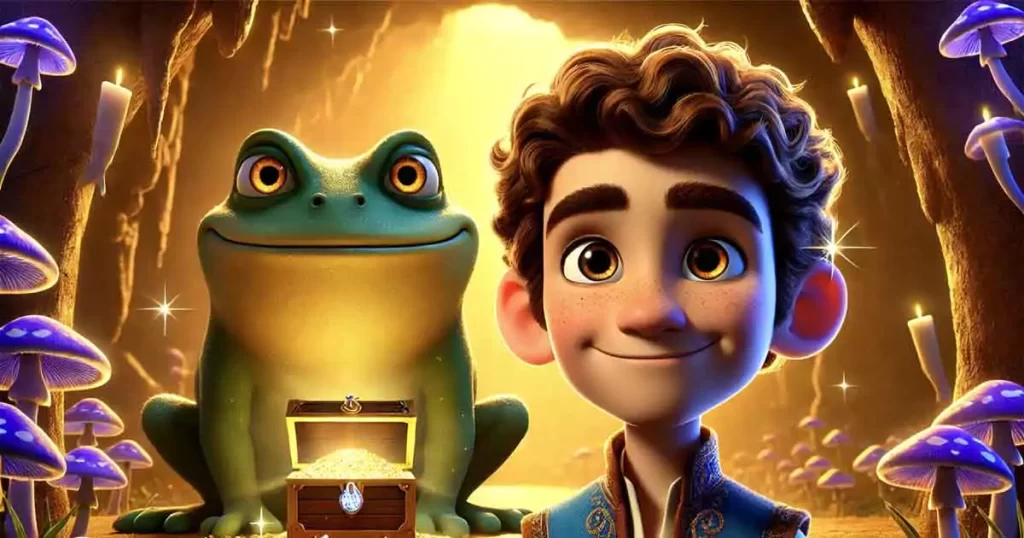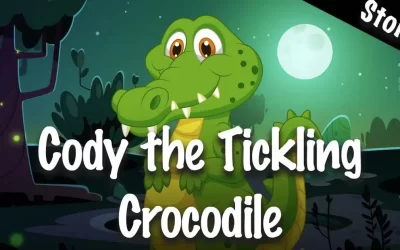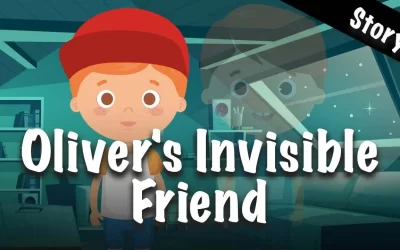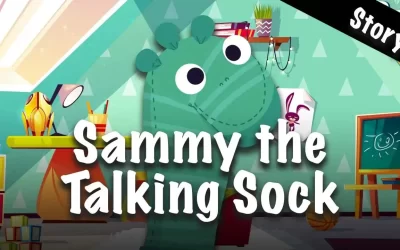
Once upon a time, there was an old king who had three sons. The two eldest sons were confident and loved to boast, while the youngest was quiet and shy.
The king loved all his sons equally and couldn’t decide who should inherit the kingdom when he was gone. So, he decided to give them a challenge.
“Whoever brings me the finest carpet will be king after my death,” he said. Then, he threw three feathers into the air. “You must follow the feather assigned to you.”
One feather flew east, another flew west, and the third fell straight to the ground near the castle.
“We will head east and west,” laughed the two eldest sons, confident that their younger brother wouldn’t find a decent carpet so close to the castle.
The youngest son sat down, wondering what to do. Suddenly, he noticed a hidden trapdoor in the ground. He opened it, descended a staircase, and found himself in a dark hole. In the hole, he met a large toad sitting next to a big chest.
The young man gathered his courage and asked, “Good Mr. Toad, would you please help me find the finest carpet in the kingdom?”
The toad opened the chest and handed the boy the most beautiful carpet he had ever seen.
The two elder brothers returned with their finds but were shocked and jealous when they saw their brother’s carpet. They begged their father for another challenge.
The old king relented and said, “Whoever brings me the most beautiful ring will inherit the kingdom.”
Once again, he threw three feathers into the air. As before, the two eldest went east and west, while the youngest stayed near the castle.
After his brothers had left, the youngest son returned to the hole. “Good Mr. Toad, I need to find the most beautiful ring.”
The toad smiled at him and opened the chest again, revealing a sparkling diamond ring.
When the king saw the ring, he could hardly believe his eyes. “You, my youngest son, shall inherit the kingdom.”
The two eldest brothers begged their father for yet another challenge, but this time, he refused.
When the king passed away, the youngest son took his place. He became a brave and kind king (especially to toads).
Wanna read more short bedtime stories?
Historical Background and Origins
“The Three Feathers” is one of the many fairy tales collected and published by the German brothers Jacob and Wilhelm Grimm in their world-famous collection Kinder- und Hausmärchen (“Children’s and Household Tales”). First published in 1812, the collection has since achieved iconic status in European folklore. The Brothers Grimm were not just authors but also linguists and cultural historians, dedicated to preserving and sharing oral traditions from their homeland.
The story of “The Three Feathers,” like many others in the collection, was gathered from local storytellers who had passed down oral traditions through generations. The Grimms had a particular interest in retaining the authentic tone and structure of the stories they collected, though they sometimes adapted the tales to make them more suitable for the readership of their time.
In “The Three Feathers,” we encounter typical elements of folktales: the fair reward for humility and cleverness, magical helpers such as the toad, and a structure based on three repetitions. This structure is characteristic of many fairy tales, making them easy to remember and retell.
The tale is an example of how the Brothers Grimm used stories to reflect the values of their era. It emphasizes virtues like courage, justice, and the importance of looking beyond the surface — themes that remain relevant today.
Since its publication, “The Three Feathers” has inspired numerous retellings, adaptations, and artistic interpretations. The Grimms’ collection has cemented itself as a cornerstone of European cultural heritage, ensuring that stories like this one continue to thrive across generations.


